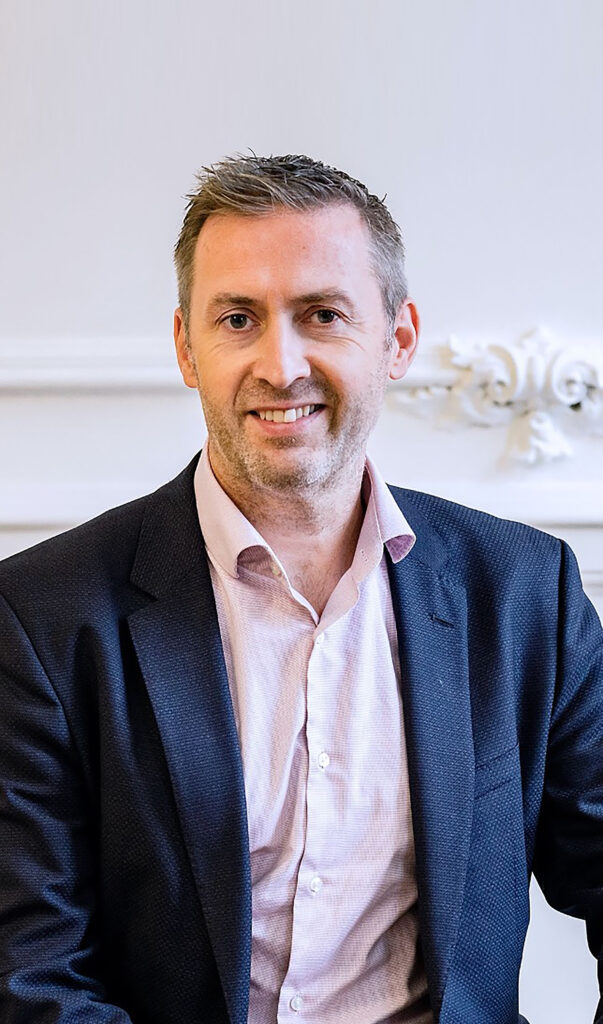For the past few years, I have written a blog called Fragments II. Every week, or sometimes two, I post a short micro-story on the learning business.
It’s a way of communicating ideas, but also for me personally a way of making sense of what is happening around me, linking experiences with conversations I am having or things that I am reading. Some might say that it is a form of professional therapy.
To be honest, if someone had asked me how many posts I had written since I started back in 2017, I would have had no idea. So, one day, I counted and found that I was already up to 137.
Will I get to 150 posts or perhaps even 300? It is hard to say, because the thing about a blog (or any social media, for that matter), unlike a book that is literally bound by its covers, is that there is no pre-defined limit on content. So it lends itself to an endless flow of words, a constant revision of ideas and always the possibility of just one more post.
But what if I had known from the beginning that I could only post 100 times? How would it have changed the why, when and what of each Fragment?
This is the question that Ben Grosser inspired me to ask recently when I came across his project Minus. In his own words: “Minus is a finite social network where you get 100 posts — for life. While you can reply to a post as often as you like, every time you add to the feed, it subtracts from your lifetime total. When you reach zero posts left, that’s it. No exceptions.”
And this led me to another set of questions.
If our schools only had 100 posts allotted to them, what would we actually say? What are the stories we would tell? How would we determine what is important and what is nothing more than an endless stream of empty content?
These are not easy questions to answer but do suggest three practical steps that school leaders can take to ensure their digital content is as meaningful and relevant as possible.
Step 1: Determine the elements
Try asking the question, “If our school only had 100 posts …” at your next leadership team meeting, or with a group of students, parents or even alumni. As a community, try to distil down to the elements of school experience that would make the top 100 for your school. Look for differences as well as commonalities between various stakeholder groups.
Step 2: Review your digital presence
Once you have determined what elements of school experience really matter to your community, consider performing an audit of your social media channels and maybe also your website. Ask yourself to what extent each post or page reflects who you are and what really makes your school stand out.
Step 3: Intentionally design for impact
Schools that get social media right tend to be those that take the time to intentionally design this digital experience for a variety of stakeholders (prospective families, employees, alumni, etc.). Rather than posting endless streams of shallow content, they have a clear idea of the bigger picture they are trying to create and can identify what they want the audience to see, feel or do for each post.
Interestingly, there is plenty of guidance on offer online around how to generate endless content. with much of it aimed at schools. But I sometimes wonder whether, in the end, we wouldn’t be better off limiting ourselves to 100 posts and making sure that each one will make a lifetime of difference.







